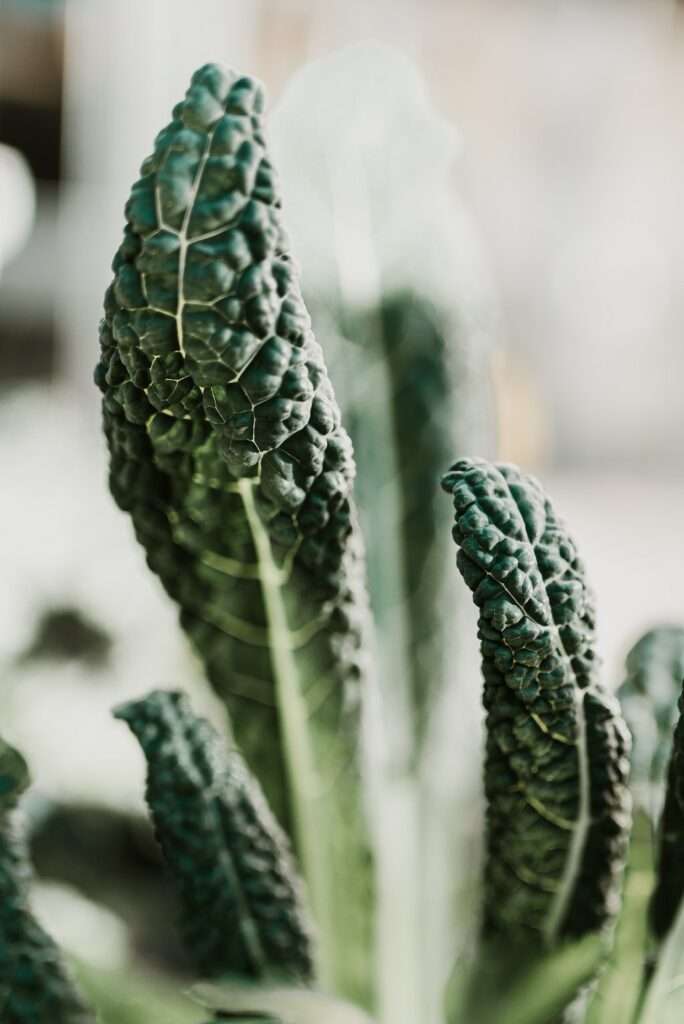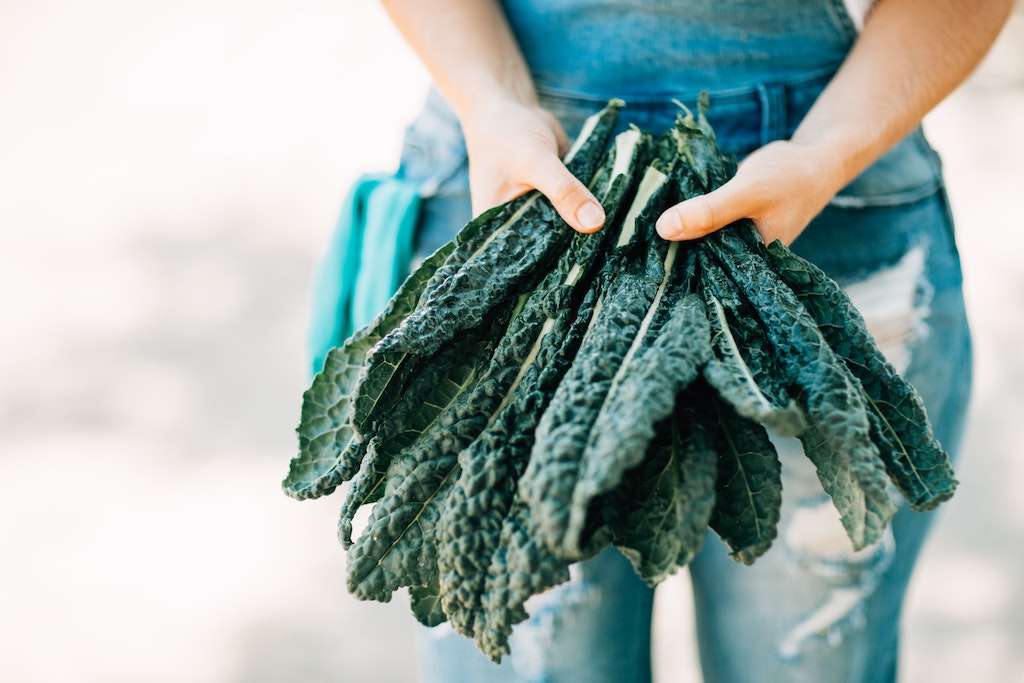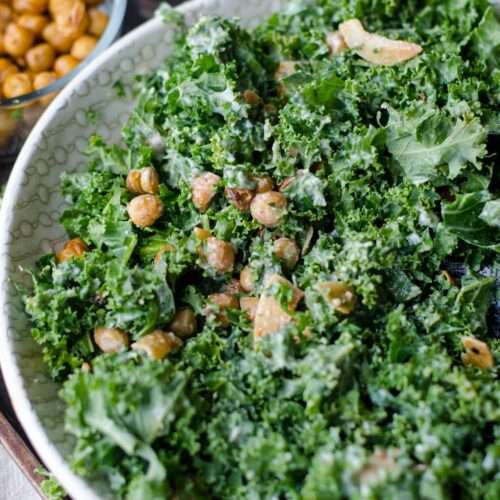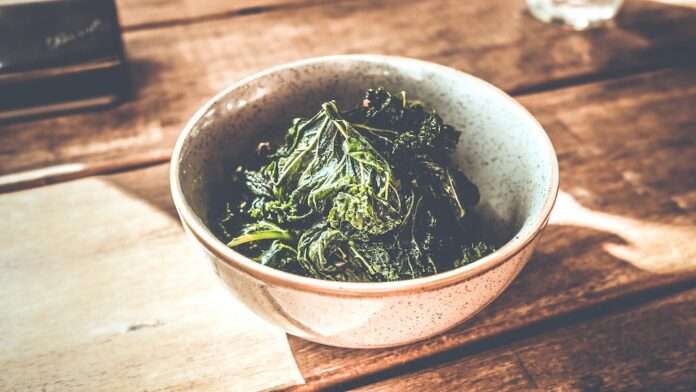Kale has gained significant popularity over the past few years, becoming a staple in many households. While all types of kale are nutritious, lacinato kale, also known as “dinosaur kale” or Tuscan kale, is a particular favorite among nutritionists for its versatility and nutrition profile.
Kale, a member of the Brassica family, has a long and interesting history. It is believed to have originated in the eastern Mediterranean and Asia Minor regions, where it was cultivated for more than 2,000 years. The ancient Greeks and Romans both grew and consumed kale, and it was also popular in other parts of Europe during the Middle Ages.
During the 17th century, kale was introduced to North America by English settlers. It quickly became a popular crop in colder regions of the United States, such as the Northeast and Midwest. It was also grown extensively in Canada, where it was used as a food source for livestock.
In the early 20th century, kale began to fall out of favor in North America and Europe, as other vegetables such as spinach and lettuce became more popular. However, in recent years, kale has experienced a resurgence in popularity, thanks in part to its many health benefits.

Today, kale is grown all over the world, with major producers including the United States, Canada, China, and Italy. It is a staple ingredient in many healthy recipes, from smoothies and salads to soups and stews.
Despite its long history, kale remains a relatively new addition to many people’s diets. However, with its many nutritional benefits and versatility in cooking, it is likely to continue to see its popularity increase.
“Kale is a superfood that’s loaded with vitamins and minerals, including vitamins A, C, and K, calcium, and iron,” says Lisa Richards, registered dietitian and founder of TheCandidaDiet.com. “Eating kale regularly can help improve bone health, boost the immune system, and lower inflammation in the body.”
A one-cup serving of lacinato kale boasts some notable benefits:
- Calories: 33
- Protein: 2.9 grams
- Fat: 0.6 grams
- Carbohydrates: 6.7 grams
- Fiber: 1.3 grams
- Vitamin A: 206% of the Daily Value (DV)
- Vitamin C: 134% of the DV
- Vitamin K: 684% of the DV
- Calcium: 9% of the DV
- Iron: 6% of the DV
- Potassium: 9% of the DV
Benefits of lacinato kale
Lacinato kale is packed with vitamins and minerals that are essential for maintaining good health. As an excellent source of vitamins A, C, and K, kale helps with maintaining healthy skin, boosting the immune system, and helping with blood clotting. It also contains calcium and iron, which are essential for strong bones and healthy blood.
“Dark leafy greens like kale, spinach, and Swiss chard are some of the most nutrient-dense foods on the planet,” Keri Gans, a registered dietitian and author of The Small Change Diet told U.S. News and World Report. “They’re packed with antioxidants, fiber, and essential vitamins and minerals that are vital for good health.”

As a rich source of vitamin K, kale plays a key role in blood clotting and bone health. A single cup of raw kale contains more than 100 percent of the recommended daily intake of vitamin K. According to a review published in the journal Nutrients, vitamin K has also been linked to a reduced risk of cardiovascular disease and some types of cancer.
Kale’s high vitamin A content supports healthy vision, immune function, and skin health. According to a study published in the journal Food Science and Nutrition, kale contains more than twice the daily recommended intake of vitamin A per cup.
The dark leafy green is also an excellent source of vitamin C — a powerful antioxidant that helps protect cells from damage caused by free radicals. According to a study published in the International Journal of Food Sciences and Nutrition, kale contains more vitamin C per 100 grams than an orange.
Another important nutrient found in kale is calcium, a mineral that is essential for bone health. A cup of raw kale contains about nine percent of the recommended daily intake of calcium. This makes it a great food for people who are lactose intolerant or who don’t consume dairy products.

According to a study published in the journal Food Chemistry, kale contains high levels of several antioxidants, including carotenoids and flavonoids. These compounds have been linked to a reduced risk of chronic diseases, including heart disease and cancer.
Lacinato kale also contains compounds called flavonoids, which have notable anti-inflammatory properties. These compounds have been shown to reduce the risk of chronic diseases such as heart disease, cancer, and diabetes.
One of the most well-known benefits of kale is its high fiber content. A cup of raw kale contains about 2.6 grams of fiber, which is about ten percent of the recommended daily intake. Fiber is essential for healthy digestion, and can help prevent constipation, hemorrhoids, and other gastrointestinal problems. It can also help lower cholesterol levels and reduce the risk of heart disease.
Dinosaur kale recipe
Lacinato kale is incredibly versatile and can be used in a variety of dishes. It can be eaten raw in salads, cooked in soups and stews, or used as a substitute for other greens in recipes.
“One of the great things about kale is that it’s so versatile,” says Cynthia Sass, registered dietitian and author of Slim Down Now. “You can use it in salads, soups, smoothies, and stir-fries. It’s an easy way to add a nutritious boost to your meals.”
We love this creamy kale salad with lemon-tahini dressing.
Lacinato Kale Salad with Lemon-Tahini Dressing

Lacinato Kale Salad with Lemon-Tahini Dressing
Ingredients
For the salad
- 1 bunch lacinato kale, stems removed and chopped
- 1 can chickpeas, drained and rinsed
- 1 avocado, sliced
- ¼ cup chopped red onion
- ¼ cup chopped parsley
For the dressing
- ¼ cup tahini
- ¼ cup lemon juice
- 1 garlic clove, minced
- salt and pepper to taste
Instructions
- In a large bowl, combine the chopped kale, chickpeas, avocado, red onion, and parsley.
- In a small bowl, whisk together the tahini, lemon juice, garlic, salt, and pepper until smooth.
- Pour the dressing over the salad and toss to combine.
Related on Ethos:


